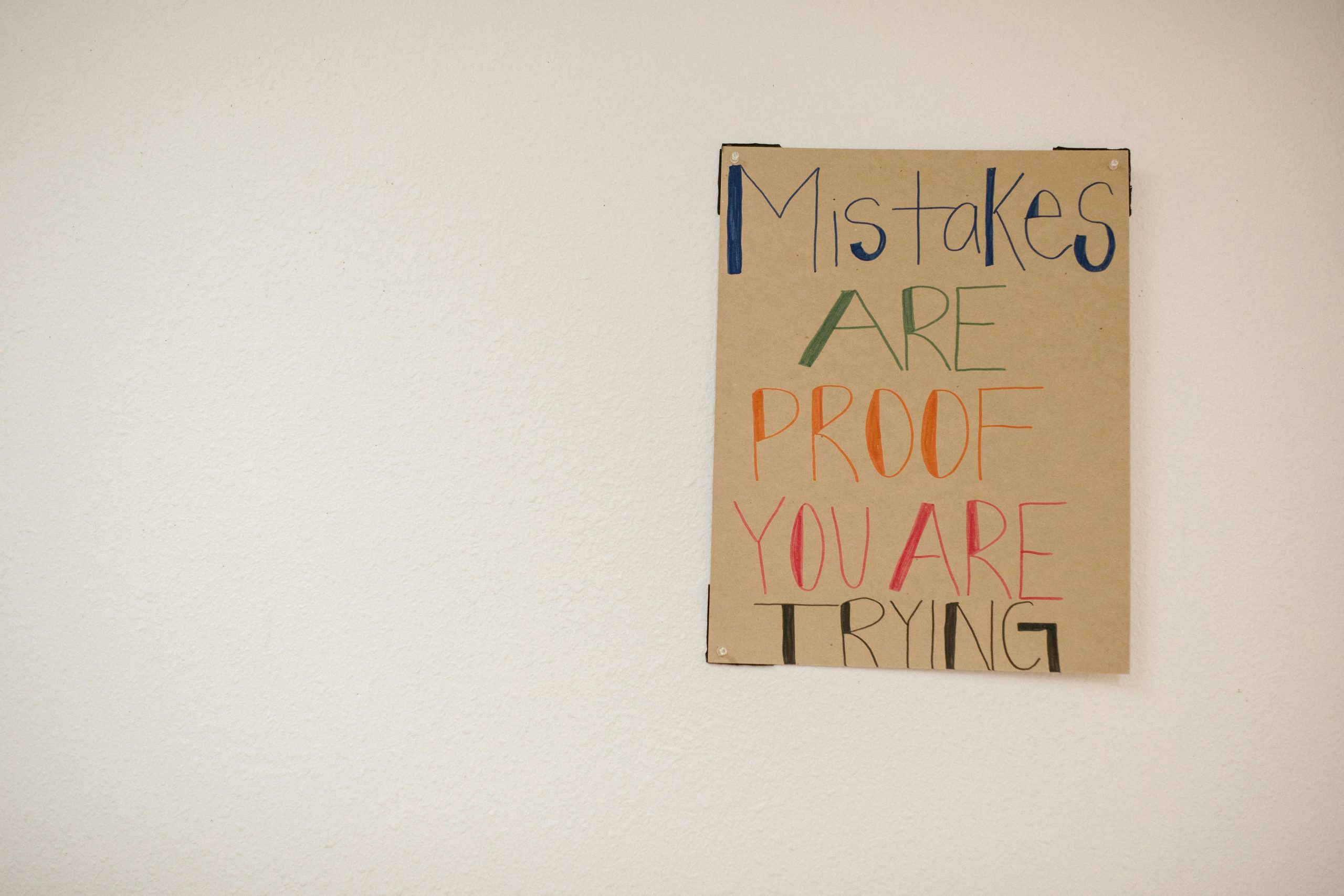Mind Mapping Techniques for Better Learning
Mind mapping is a powerful tool for learning and organizing information. It allows individuals to visually connect concepts and ideas, making it easier to understand and remember complex information. In today’s fast-paced world, where information overload is a common occurrence, effective learning techniques are more important than ever. In this article, we will explore the concept of mind mapping and how it can be used to improve learning. Here are some mind mapping techniques that will help you learn more efficiently and effectively.
The Basics of Mind Mapping
Before diving into mind mapping techniques, it is essential to understand the basics of mind mapping. Mind mapping is a diagrammatic representation of information that involves connecting different ideas and concepts through a central theme or keyword. It was developed by Tony Buzan in the 1960s and has since gained popularity as an effective learning and brainstorming tool.
At the center of the mind map is the main topic, which branches out into subtopics and further into individual ideas. The branches are connected with keywords and images, making it easier to visualize and remember information. Mind maps can be created on paper, using whiteboards, or using various digital tools.
Mind Mapping Techniques for Better Learning
1. Start with a Clear Goal
Before creating a mind map, it is essential to have a specific goal in mind. This could be understanding a particular concept, brainstorming ideas, or organizing information. Having a clear goal will help you create a mind map that fulfills its purpose and is not cluttered with irrelevant information.
Once you have a goal in mind, write it down in the center of the mind map. This will serve as a constant reminder and help you stay focused while creating the mind map.
2. Use Keywords and Images
The use of keywords and images is what makes mind mapping such an effective learning tool. Instead of writing long sentences, use keywords that represent the main idea. This way, the mind map will remain clutter-free, and you will be able to establish connections between different ideas more easily.
You can also use images to represent ideas, making the mind map visually appealing and easier to remember. Studies have shown that the use of images in learning materials can improve retention by up to 65%.
3. Do Not Limit Yourself to One Branch
One of the main advantages of mind mapping is its ability to accommodate multiple branches. Do not limit yourself to one branch per idea. As you brainstorm, new ideas may come up that do not fit in a single branch. In such cases, create a new branch and connect it to the relevant topic. This will keep the mind map organized and allow for more connections to be made.
4. Use Colors and Design Elements
Colors can be used to differentiate between ideas, making the mind map more visually appealing and easier to understand. Use a limited color palette to avoid cluttering the mind map and make sure the colors are not too bright or distracting.
In addition to colors, you can also use other design elements such as borders, arrows, and boxes to emphasize key concepts or connect related ideas.
5. Take Breaks and Review
Creating a mind map can be time-consuming and mentally taxing. It is essential to take breaks to prevent mental fatigue. You can also review the mind map during breaks to make sure it is organized, and the connections between ideas make sense.
Moreover, reviewing the mind map after taking breaks allows you to look at it with a fresh perspective, making it easier to spot any mistakes or areas that need to be improved.
The Benefits of Mind Mapping for Learning
Now that we have explored some mind mapping techniques, let’s look at the benefits of using mind mapping for learning.
1. Improves Retention
Because mind maps rely on visual and associative connections, they are more effective in helping individuals remember information compared to traditional note-taking methods. This is especially beneficial for visual learners.
2. Stimulates Creativity
Mind mapping promotes a free-flowing and non-linear approach to learning, making it ideal for sparking creativity and generating new ideas. This is because it allows individuals to make connections between seemingly unrelated concepts, leading to unique and innovative ideas.
3. Makes Learning More Enjoyable
Let’s face it, traditional note-taking methods can be mundane and boring, making it difficult to stay focused. Mind mapping, on the other hand, is an enjoyable and creative process. This makes learning more enjoyable and engaging.
In Conclusion
Mind mapping is a powerful learning tool that can help individuals organize, remember, and understand complex information more effectively. By using these mind mapping techniques, you can make the learning process more efficient and enjoyable. Incorporate mind mapping into your learning routine, and you will see a significant improvement in your understanding and retention of information.










